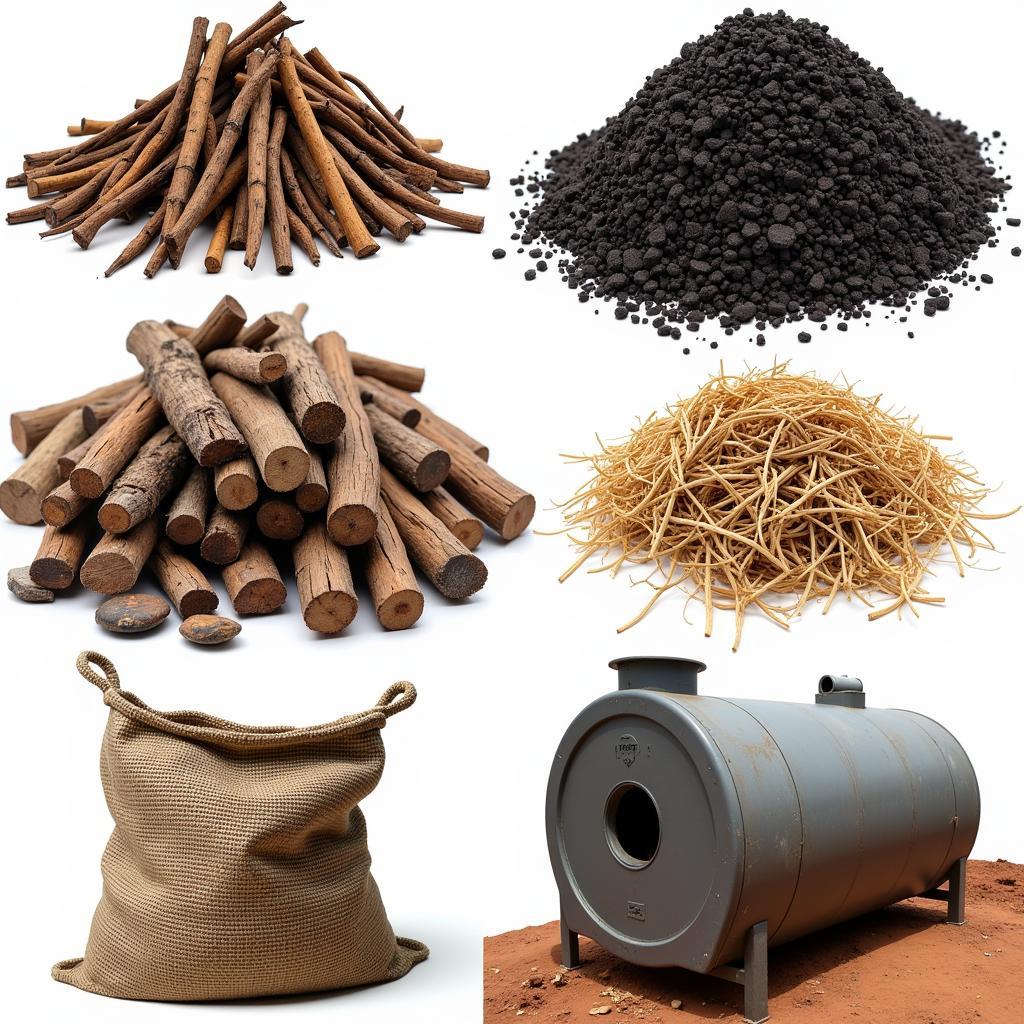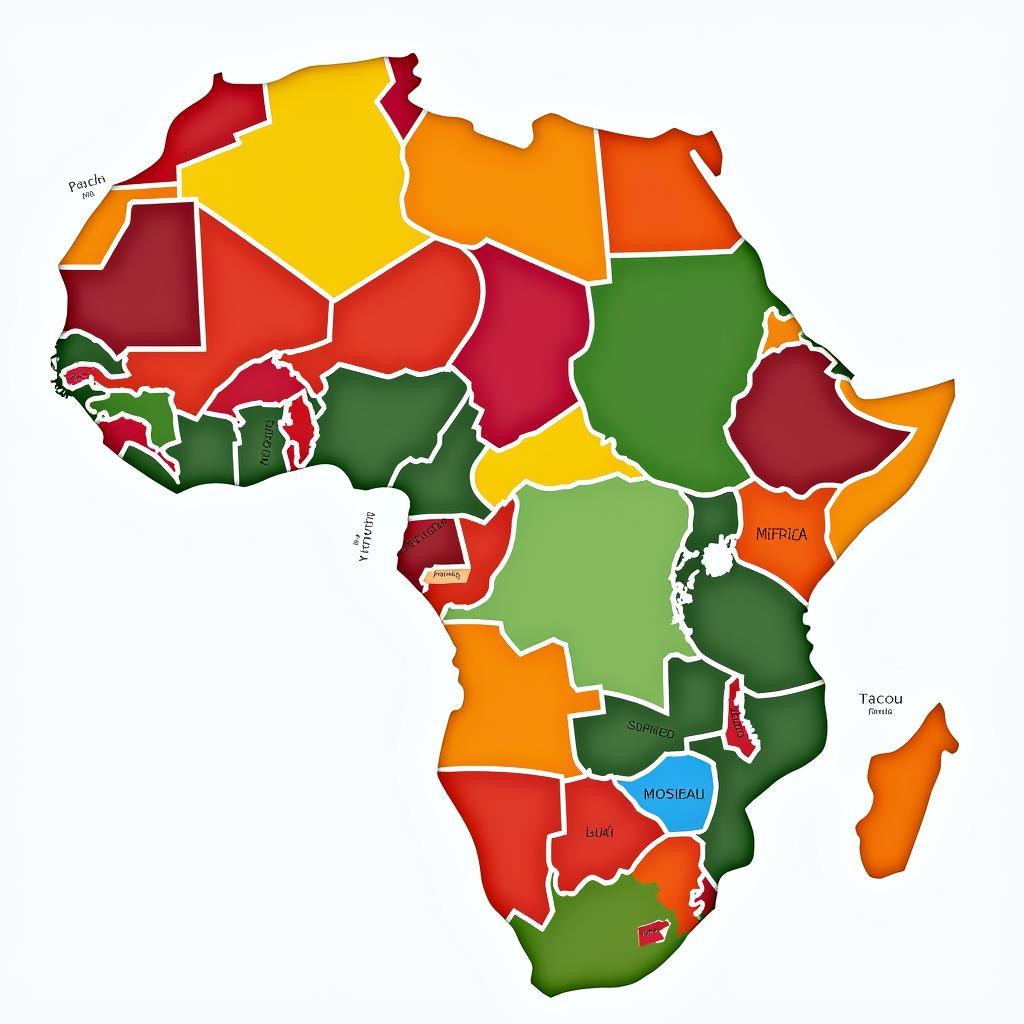Exploring the African Cooking Stove: A Cultural and Culinary Journey
The African Cooking Stove, a cornerstone of homes and communities across the continent, is more than just a tool for preparing meals. It represents a rich tapestry of tradition, innovation, and resourcefulness, reflecting the diverse cultures and environments that shape African life. From simple three-stone fires to more complex clay ovens and modern innovations, the African cooking stove plays a pivotal role in daily life, fueling families, fostering social gatherings, and preserving culinary heritage. After reading this article, you’ll see how important these stoves are. You might even find yourself interested in African clay pots for sale.
Traditional African Cooking Stoves: A Testament to Ingenuity
Traditional African cooking stoves showcase the ingenuity of communities in utilizing readily available materials. The three-stone fire, arguably the most basic form, consists of three stones arranged to support a cooking pot, allowing for efficient heat distribution. This simple yet effective design is still prevalent in many rural areas, demonstrating its enduring practicality. Other traditional stoves include clay ovens, often built into the ground or constructed above ground using mud and other locally sourced materials. These ovens offer excellent heat retention, perfect for slow-cooking stews and baking bread.
The Evolution of the African Cooking Stove: Embracing Modernity
While traditional methods remain important, the African cooking stove landscape is evolving. Modern influences have led to the adoption of more advanced stoves, including charcoal stoves, gas stoves, and even solar-powered cookers. These innovations offer increased efficiency, reduced smoke emissions, and greater control over cooking temperatures. However, access to these modern stoves varies significantly across the continent, with many communities still relying on traditional methods due to cost, availability, and cultural preferences. These advances offer significant benefits for health and the environment. For some delicious recipes to cook on your stove, try some African American macaroni and cheese recipes.
The Impact of the African Cooking Stove on Health and Environment
The type of cooking stove used has significant implications for both health and the environment. Traditional stoves, particularly open fires, can contribute to indoor air pollution, posing health risks, especially for women and children who spend significant time near the stove. The transition to cleaner-burning stoves, such as those using liquefied petroleum gas (LPG) or biogas, can dramatically reduce these health risks. Similarly, the use of sustainable fuel sources can mitigate deforestation caused by the demand for firewood. Some communities are exploring solar cookers and improved biomass stoves, offering environmentally friendly alternatives.
The Cultural Significance of the African Cooking Stove: More Than Just Cooking
Beyond its practical function, the African cooking stove holds deep cultural significance. It is often the heart of the home, a gathering place for families and communities. Meals cooked on these stoves are not just sustenance; they represent cultural identity, passed down through generations. The preparation of traditional dishes often involves specific techniques and rituals associated with particular stoves, reinforcing cultural traditions and fostering a sense of community. This cultural aspect makes cooking a beautiful experience. For a dish that incorporates these cultural influences, try an African chicken curry recipe.
What Fuels the African Cooking Stove?
The fuel used in African cooking stoves varies widely based on region, availability, and economic factors. Common fuels include wood, charcoal, crop residues, animal dung, and increasingly, LPG and biogas. The choice of fuel influences not only the cooking process but also the environmental impact and the cost of cooking. In some areas, access to sustainable and affordable fuel remains a challenge, impacting both household budgets and the environment. You can also look at African clay cooking pots for sale to pair with your stove.
 Various Fuels Used in African Cooking Stoves
Various Fuels Used in African Cooking Stoves
The Future of the African Cooking Stove: Innovation and Sustainability
The future of the African cooking stove lies in finding a balance between tradition, innovation, and sustainability. Efforts are underway to develop and distribute more efficient and cleaner-burning stoves, promoting both health and environmental benefits. Empowering local communities to adopt these technologies, while respecting cultural practices, is key to ensuring a sustainable future for cooking across the continent. If you’re looking for some more general African dishes, check out these African American recipes.
In conclusion, the African cooking stove, in all its diverse forms, is an integral part of African Life, representing not only a means of preparing food but also a symbol of cultural heritage, innovation, and the ongoing quest for a healthier and more sustainable future. The evolution of the African cooking stove is a story of resilience, adaptation, and the enduring spirit of African communities.
FAQ
- What is the most common type of traditional African cooking stove? The three-stone fire.
- What are some of the health risks associated with traditional cooking stoves? Indoor air pollution, respiratory problems.
- What are some examples of modern cooking stoves used in Africa? Charcoal stoves with improved ventilation, gas stoves, solar cookers.
- What fuels are commonly used in African cooking stoves? Wood, charcoal, crop residues, animal dung, LPG, biogas.
- Why is the African cooking stove culturally significant? It’s often the heart of the home, a gathering place where families connect and cultural traditions are preserved through cooking.
- What are some of the challenges related to access to cooking fuel in Africa? Affordability and availability, particularly in rural areas.
- What are some initiatives aimed at improving cooking practices in Africa? Promoting cleaner-burning stoves, developing sustainable fuel sources.
Have other questions about African culture and cuisine? Check out our other articles on African art, music, and traditions.
Need assistance? Contact us at +255768904061, email [email protected], or visit us at Mbarali DC Mawindi, Kangaga, Tanzania. Our customer service team is available 24/7.



